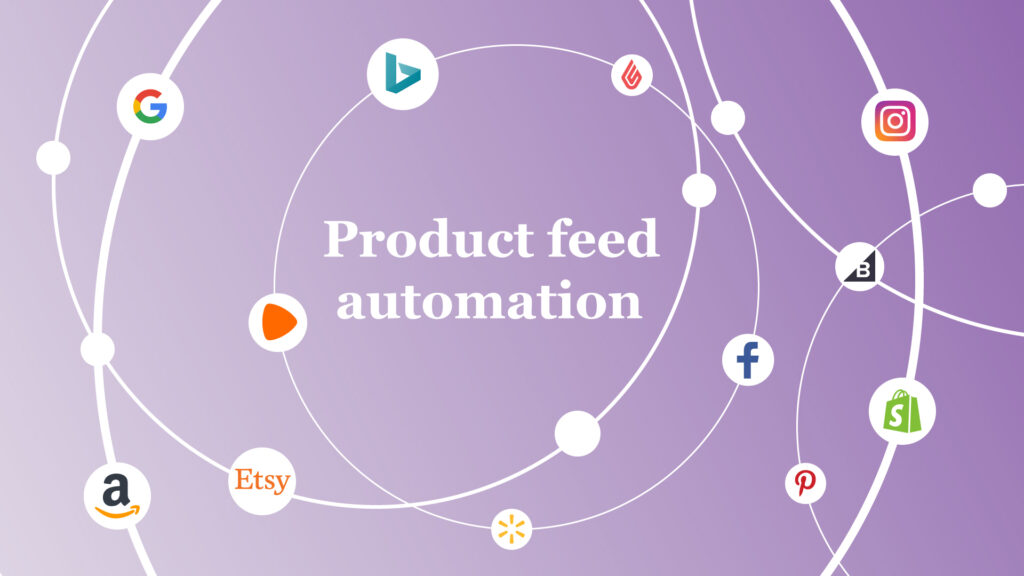Customer onboarding sits at the heart of the bowtie model. Once you have gotten the website visitors to sign up for your service, it is time to help them start using the tool and benefit from all the impact it delivers.
A good onboarding does not only have immediate benefits for your business, but it can also help you out in the long run. Having a smooth onboarding will allow the customers to familiarize themselves with your tool making them more likely to continue using it. Moreover, seeing the impact early on will decrease the chances of them churning.
So let’s see why good customer onboarding is so important and what it should look like.
The Importance of Effective Customer Onboarding
The basis for a customer relationship that is both strong and enduring is an effective onboarding process. When the onboarding is done correctly, it can affect several aspects of the business in a positive way: profitability, customer satisfaction, and even employee satisfaction. Here’s why a well-structured and easy smooth onboarding will help your business.
Customer Retention
The first impression is key, and a favorable onboarding experience can have customers feeling appreciated and secure right off the bat. This creates a foundation of trust that deepens customer loyalty and keeps the churn rate low. Satisfied customers are far more likely to grow with your company and not churn.
Enhanced Customer Satisfaction
A smooth onboarding process makes for happy customers. When they are guided through the process of understanding how to use your product you prevent all the frustrations that come with being stuck or not knowing what to do. And this makes them feel good about the purchase they just made. This is a huge factor in determining whether or not they will leave a positive review and/or recommend your product to someone else.
Improved Product Adoption
Customer onboarding is about more than just greeting new users as they start using your tool. It’s about dramatically shortening the learning curve associated with your product and helping users achieve their desired outcomes. In most cases, a newly signed-up customer can’t just dive into discovering your product’s features on their own and reach the ‘a-ha’ moment. But when you guide them to reach it, they will understand the purpose of your product and the impact it will have on their workflow and business.
Increased Customer Lifetime Value (CLV)
This ties in with the previous three points I mentioned earlier. You will need to think about the customer onboarding like it is a sales extension. It is the time when you fulfill your promises made during the sales talks and help the client see the value of your solution. When you manage to do this, they will be more likely to extend their subscription, upgrade, and use extra add-ons. Moreover, they will also be more inclined to be beta testers or early adopters for any new features you will launch. This will help you grow your business much healthier and faster than trying to get a bunch more new users.
Business Benefits of Good Customer Onboarding
A good onboarding will get your customers excited about the tool and satisfied with the level of education they receive. But let’s have a look at what this does to your business.
Cost Savings
Having an efficient onboarding can reduce the number of customer support tickets. When users understand the product right from the start and have handy instructions to follow, they will not contact support for the simpler questions. This reduces the burden on your support team, allowing them more time to answer trickier or more technical questions.
Faster Time to Value (TTV)
A carefully planned onboarding experience allows customers to quickly see the benefits of your product or service. This “time to value” (TTV) is key because, the quicker a customer realizes the value of your offering, the quicker they become satisfied and engaged with it, which in turn leads to a faster return on your investment.
Improved Brand Reputation
When customers have an onboarding experience, they have a brand experience. A well-executed onboarding process signals to customers that they are supported and that the business values their presence. And this is huge in a world where most customers feel like companies just want their money. Onboarding is about taking customers by the hand and leading them into the world of your brand. You will need to help them make the necessary initial steps to have a strong, comfortable relationship with it.
Increased Customer Referrals
Satisfied customers are the best marketers and salespeople you will ever have. When you provide an excellent onboarding experience for customers, they are much more likely to recommend your product or service to others. This is likely to drive organic growth for your business through referrals. When customers advocate for your brand, you can acquire new leads without any additional marketing spend.
Tips for Creating a Great Customer Onboarding Experience
To create an onboarding process for customers that centers on them, you require a good deal of thought and planning. You will need to design it starting with the customer experience in mind. The end goal is to make your customers feel as if you genuinely care about them and not just about your metrics and bottom line.
Start with a Welcome Message
A thoughtful, tailored greeting also sets a good first impression and makes new customers feel cherished. This is an easy win for starting a light emotional bond with them, letting them know they’ve made the right decision by choosing your brand.
Set Clear Expectations
You will want to provide all the details upfront and let the customers know what they should expect. Think of all the steps they will have to take, all the waiting times, and all the resources they will need. Then, tell them exactly what will happen, but also what won’t happen. When you provide all of this information, customers will feel more in control of their journey.
Offer Personalized Guidance
Not all customers have the same use cases. Customizing the onboarding experience to account for individual needs can significantly improve the process. Utilize the in-tool data to divide your customers into groups and offer the appropriate recommendations, tutorials, or onboarding paths tailored to the particular use cases they present.
Provide Proactive Support
Sometimes, users will get stuck even if you provide an excellent onboarding. And some of them might not contact your support team. These will have a higher probability of churning, so you can proactively offer support. Again, you can use the in-tool data to identify these users and have automated emails or in-tool messages to encourage them to contact your support team.
Specific Tips for Improving Customer Onboarding
To help you out with creating a good onboarding experience, here are some practical tips you can use.
Utilize Effective Onboarding Tools
There are a lot of tools out there to help you with improving the onboarding experience. I’m not going to mention any specific ones (maybe I’ll create a separate page/article in the future) but think of specific tasks that you can automate: in-app tutorials or messages, step-by-step guides and demos, or checklists.
Gather Feedback from Customers
Many customers will leave you feedback intentionally or without even knowing they did. Think of the former as the reviews, and insights they tell you through customer support tockets. For the latter, you will have to work a little bit. You need to analyze the data to discover patterns in how the clients are using the tool. You will be surprised how some things that are obvious for you in terms of UX and UI are not for your clients.
Continuously Monitor and Improve
You should not think of the customer onboarding process as a set-and-forget kind of thing. Once you reach a version with a good enough level of performance, the work begins. Ideally, you would want to have a dedicated team handling and improving the process. They should handle all the points of friction in the process and implement as many A/B tests as possible to create a better experience.
Create a Sense of Community
Regardless if you build a user community through forums, webinars, social media groups, or by using an actual community-building platform, you should try to set one up. This will increase the users feeling of belonging, loyalty, and trust. Also, helping each other, connecting, and sharing experiences will build a sense of camaraderie. And this will make them stick with your product for longer.



